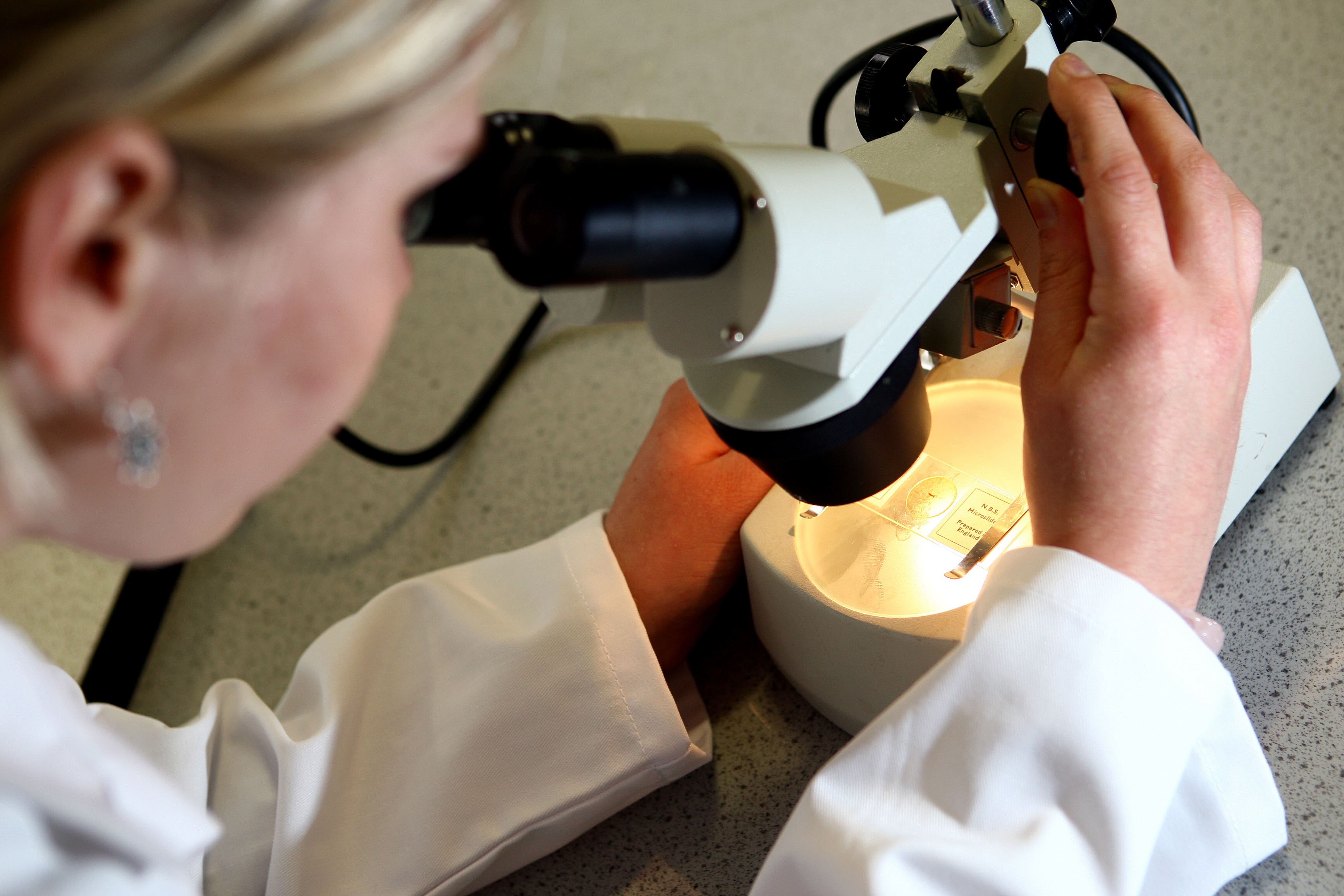Conservationists ‘must become forensic experts to curb illegal wildlife trade’
Dust gathered from factories and processing plants can reveal clues about the illegal business of wildlife trade.

Your support helps us to tell the story
From reproductive rights to climate change to Big Tech, The Independent is on the ground when the story is developing. Whether it's investigating the financials of Elon Musk's pro-Trump PAC or producing our latest documentary, 'The A Word', which shines a light on the American women fighting for reproductive rights, we know how important it is to parse out the facts from the messaging.
At such a critical moment in US history, we need reporters on the ground. Your donation allows us to keep sending journalists to speak to both sides of the story.
The Independent is trusted by Americans across the entire political spectrum. And unlike many other quality news outlets, we choose not to lock Americans out of our reporting and analysis with paywalls. We believe quality journalism should be available to everyone, paid for by those who can afford it.
Your support makes all the difference.Conservationists must act like crime scene investigators to help tackle the illegal trade of species such as sharks and rays, scientists have said.
A team of international experts have been analysing fish dust gathered from factories and processing plants for DNA to see if they belong to rare and highly sought-after creatures.
The team found that by adopting forensic methods, they identified species being traded illegally at these sites at a much faster rate than they otherwise would have if traditional techniques had been applied.
In their findings, published in the journal Conservation Letters, the researchers said their crime scene type methods could “become a powerful and cost-effective monitoring tool wherever wildlife is traded”.
First author Dr Andhika Prasetyo, from the University of Salford, said: “Having the ability to effectively ‘dust’ a warehouse or a boat ‘for fingerprints’ is a major weapon in identifying wrongdoing and turning exploitation on a path to sustainability.
“It works perfectly, it’s quicker to sample, and it uncovers twice as many species, in a fraction of the time and effort.”
More than 150 species of sharks and rays are currently listed in the Convention on the International Trade in Endangered Species of Wild Fauna and Flora (Cites) – which aims to regulate international trade in wildlife for its protection.
By adopting crime scene type methods, we uncovered evidence of twice as many species in a fraction of the time and effort it would take to sample fish in the factory
Experts say global decline of shark and ray populations is down to mostly illegal fishing and demand for certain products such as fins.
The shark fin trade alone is estimated to be worth more than 1.5 billion US dollars (£1.2 billion).
Sharks are also often caught incidentally by fishing gear set for other types of fish, contributing to the decline of certain species.
However identifying which shark species the fins come from can be a challenge for staff at ports, trade hubs and international borders because they are processed in different ways, such as freezing, drying or bleaching.
Normally, it is down to inspectors to find remains of these animals and analyse the tissue samples, but the researchers said these method is “biased, lengthy, and cumbersome for everyone involved”.
So the experts decided “sweep” the floors of the plants and factories to “capture” dust and scraps from wildlife.
They sequenced the DNA fragments retrieved from dust and scraps from seven processing plants in Java, Indonesia, the world’s biggest shark landing nation.
Using a technique known as metabarcoding, which allows rapid identification of animals based on DNA, the team identified 61 types of shark and ray species, more more than double the amount identified using traditional sampling methods.
The researchers said more than 80% of these were species listed as outlawed by the Cites.
Study author Stefano Mariani, professor of marine conservation at Liverpool John Moores University, said: “By adopting crime scene type methods, we uncovered evidence of twice as many species in a fraction of the time and effort it would take to sample fish in the factory.”